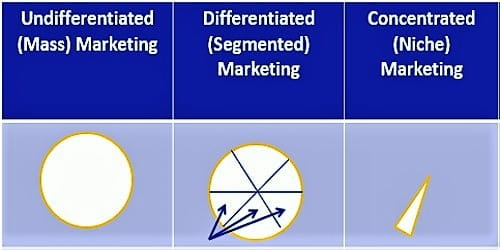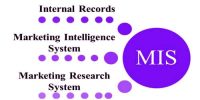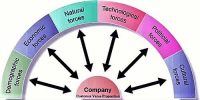Differentiated, undifferentiated and concentrated Marketing Strategies
Segmentation refers to the process of dividing the market of consumers into groups based on one or more shared internal or external characteristics. After the segmentation process is complete, the next step is targeting, which involves the tourism marketer’s choosing a segment or segments to which to communicate the promotional message. There are three different targeting strategies that a tourism marketer can implement. The tourism marketer must make the important decision as to whether he or she wishes to use an undifferentiated, concentrated, or differentiated targeting strategies.
Undifferentiated Strategy
Description: Sending the same promotional message to everyone. An undifferentiated targeting strategy is used when a company decides to communicate the benefits of its product by sending the same promotional message to everyone. For an undifferentiated strategy to be successful, the company’s product must be readily available and affordable and must provide the same benefits to all consumers. Very few companies with consumer products meet these criteria.
Example: Promoting the city as a historic destination by placing ads in widely read newspapers.
Concentrated Strategy
Description: Designing a promotional message that communicates the benefits desired by a single specific segment. It is targeted to one specific market segment or audience. It is mainly effectual for little companies with narrow resources because it enables the company to accomplish a strong market position in the particular market segment it serves without accumulation production, mass allocation, or mass publicity. Concentrating targeting has no require for mass manufacture, allotment and promotion, one can be a focus for the intended market assigning a single and accurate message. One can modify the product and message until getting the preferred results.
Example: Promoting the city as historic by targeting elderly members of historical societies by placing ads in their newsletters.
Differentiated Strategy
Description: Designing more than one promotional message, with each communicating different benefits. It is when a company creates campaigns that demand to at least two market segments or target groups. Each mix includes a product, price, position and promotional program modified particularly for an exacting segment. The key advantage of using this marketing strategy is the capability to control your diverse product strengths as the best support with each market segment. The key weakness of this marketing is that it costs more to produce dissimilar products or market with diverse messages for each segment.
Example: Also targeting families by communicating a promotional message about the importance of children learning history.















